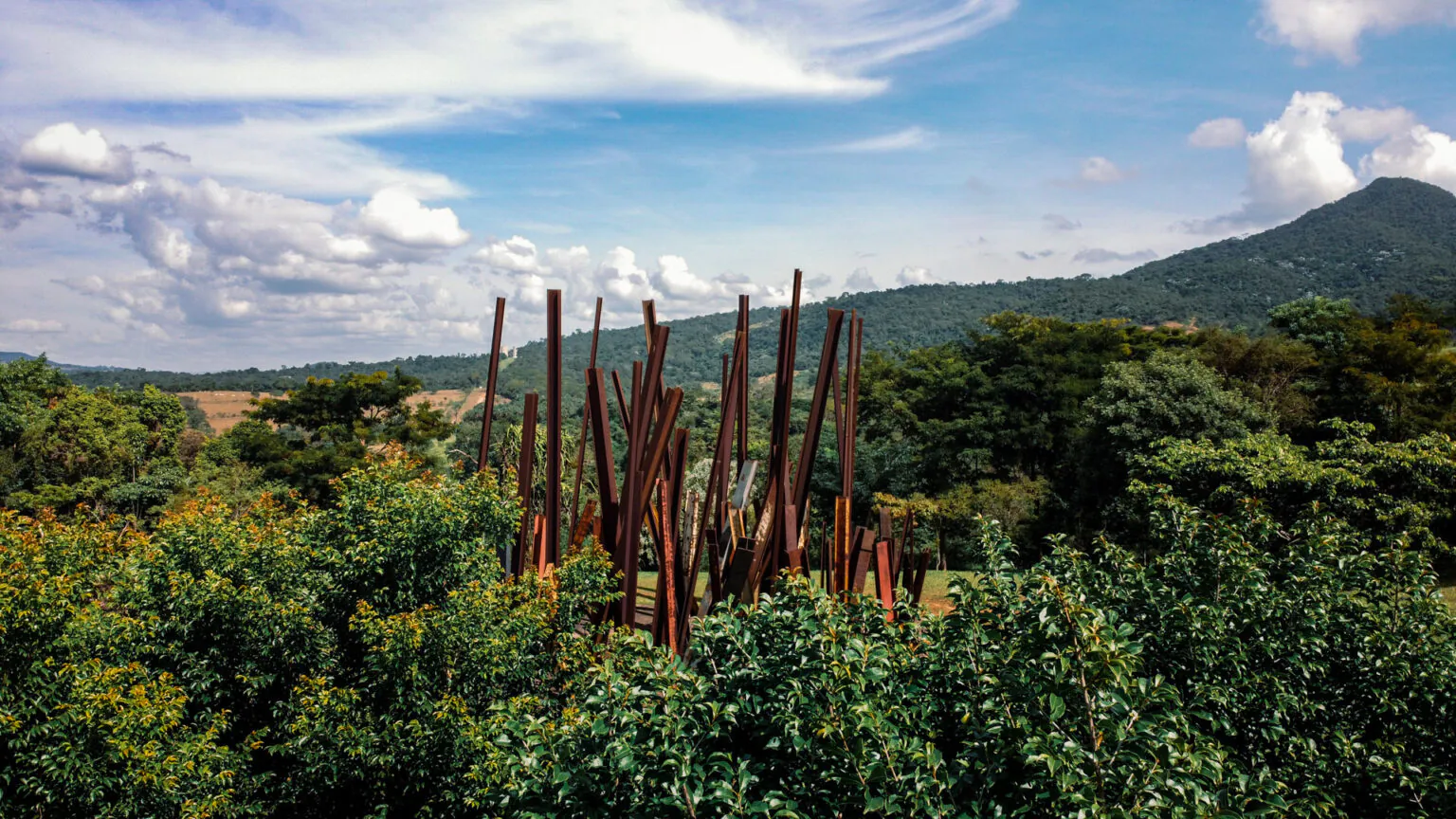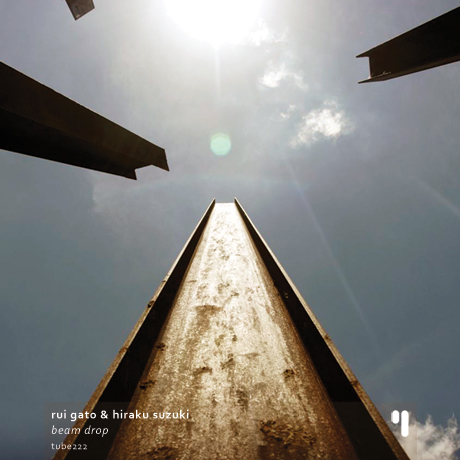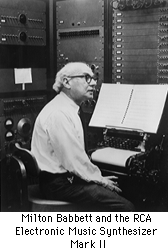Takemitsu Toru (武満 徹) – To the Edge of Dream (1983), for guitar and orchestra.
John Williams, guitar
London Sinfonietta/Esa-Pekka Salonen.
A review by Blue Gene Tyranny
This 13-minute work was commissioned by Ichiro Suzuki and the Festival International de Liége held in Belgium. It is scored for an orchestra typical of Debussy (the Romantic period orchestra plus two harps and expanded percussion section), as are most of Takemitsu’s other orchestral works. Takemitsu himself was known as a fine guitarist and much of the decidedly virtuosic writing for the guitar solo is a series of fantastical, dreamy interpretations of traditionally “typical” guitar gestures (various kinds of strumming, triplet-feel Dowland-like dances, various arpeggios); but the primary idea is a series of complex harmonic variations on the e-minor seventh chord which is heard, at forte level, at the guitar’s first entrance in the piece. The rich lower open E-string sound implies the richly resonant harmonics that form the basis of the subtly shifting tone colors in the work. Takemitsu layers timbres in dense textures, like Webern or Schoenberg, or creates fleeting passages where densely harmonized lines occur in rhythmic unison among several instruments (for example, the shimmering tutti figures for two harps, celesta, vibraphone and glockenspiel in the fourth measure of the introduction). As a whole, the piece seems to proceed from conscious gestures “to the edge of dream” – after the final extended cadenza for the guitar, the orchestra enters with a brief yet stunning coda built of string section harmonics alternating with otherworldly chords played by a double harp/ celesta / vibraphone / triangle / woodwind / trumpet combination, the whole forming a fragmented event horizon of consciousness.



 The Beam Drop
The Beam Drop